Twenty-Eight years ago, the day after Simchat Torah, we were blessed with a daughter whose Hebrew name is Simcha Yehudit – “Joy of Judaism” or “Jewish Joy.” The choice of name had nothing to do with the holiday itself, but a happy coincidence.
Simchat Torah, one of the most joyous festivals we have, isn’t mentioned in the Torah, or even the Talmud; it didn’t exist until the medieval period and perhaps later, the 14th or 15th centuries. The fall holiday cycle ended with Shemini Atzeret, the “8th day” of Sukkot.
From a historical standpoint, there are many reasons why a day to celebrate the Torah reading cycle was created, and plenty of websites happy to share that information, but the short answer (besides “they tried to kill us, we won, let’s eat!”) is that once the annual cycle of Torah readings was broken into 54 weekly, non-holiday portions, it seemed fitting that finishing the cycle required some sort of acknowledgement and ritual. And just as every graduation speaker on the planet says something about finishing one’s studies being a beginning and not an ending, it’s the same with reading the Torah. We finish the cycle and begin again, the same day.
As a child, I remember huge gatherings at synagogue dancing around the Torah scrolls and singing; it seemed to go on for hours. I still get a tremendous amount of joy out of this ritual, especially now that I’m able to carry a scroll and read from it!
At the risk of sounding like a broken record, many of this year’s Simchat Torah celebrations will be held on Zoom, and it will be strange. As Covid cases are seeing a spike in many areas, gathering in person just isn’t an option. However, being joyful is always an option, and one we should exercise as much as possible. Now, more than ever, we need to look for the joy and the happiness around us, and share that with as many people as possible. After the solemnity of Rosh Hashanah and Yom Kippur, and the temporal nature of Sukkot, we begin anew.
May we share the love and joy of Judaism and the wisdom of the Torah, and may it continue to sustain us.


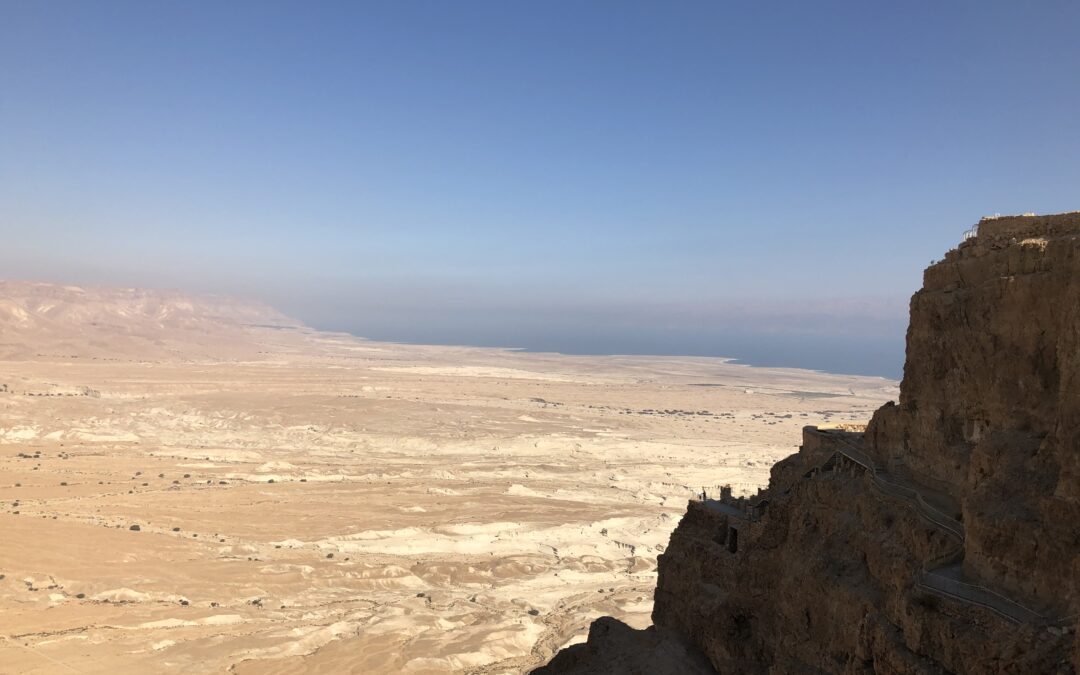

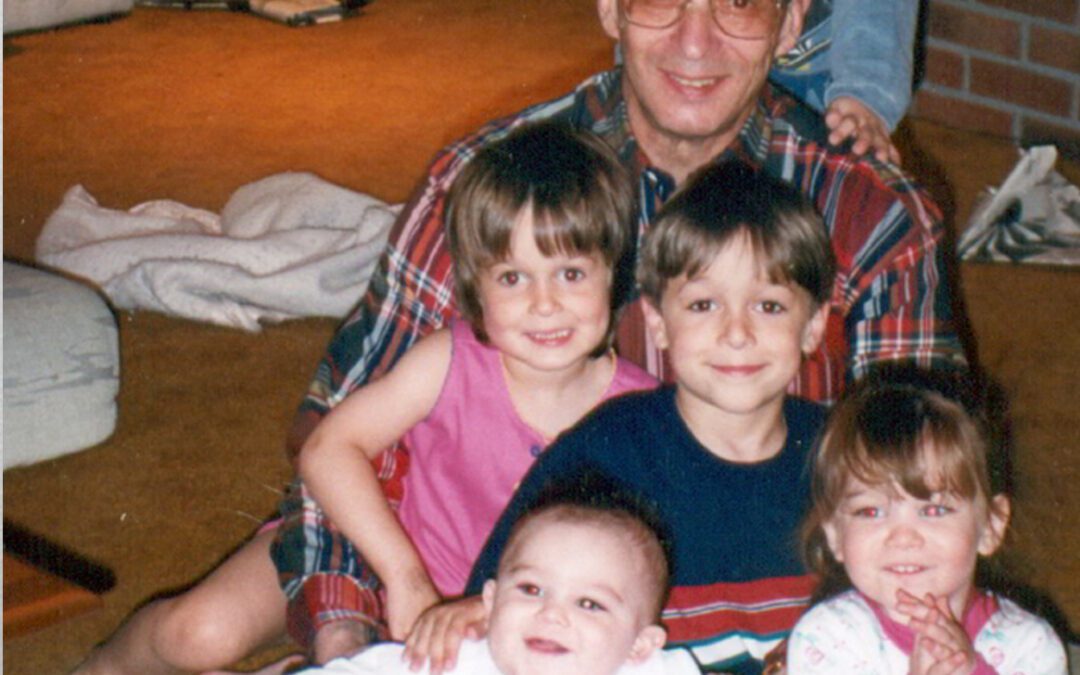

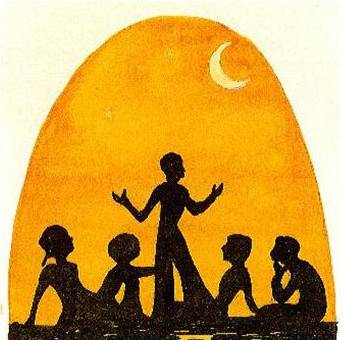
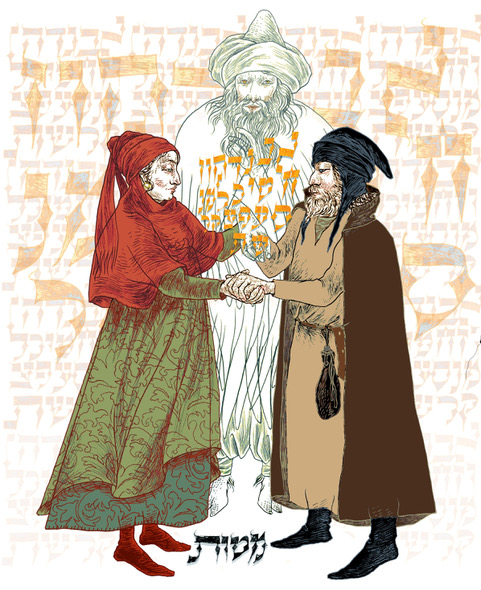
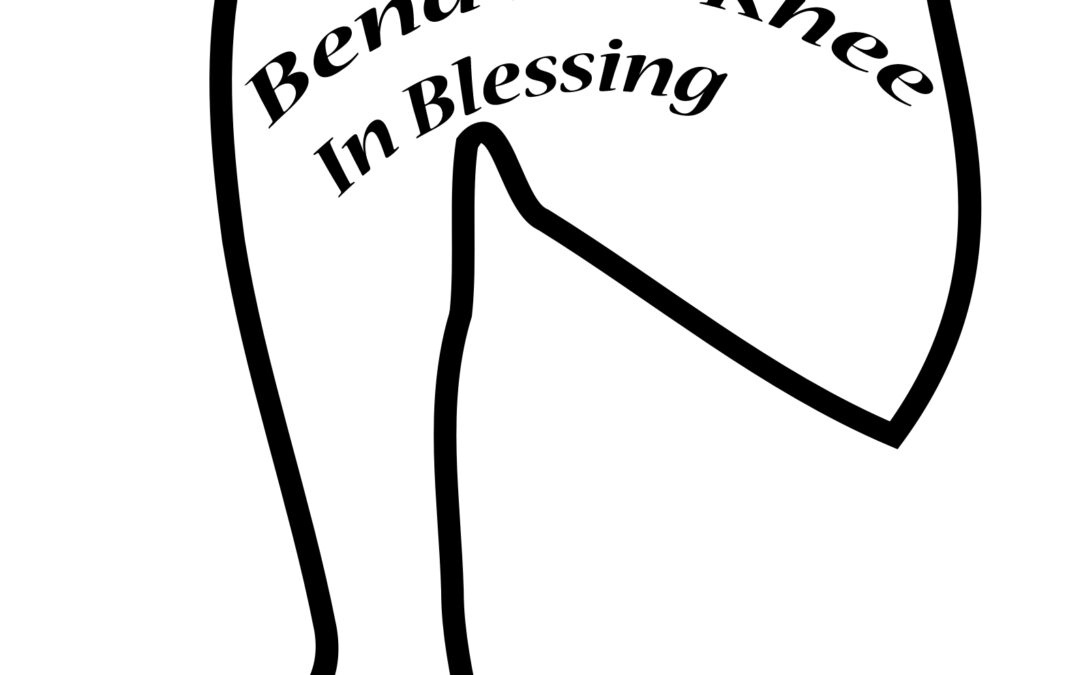


0 Comments